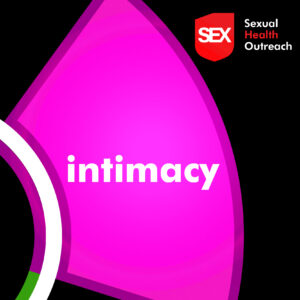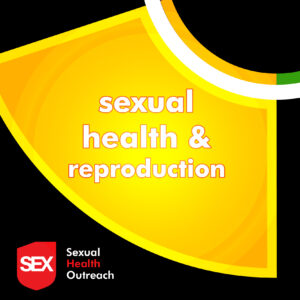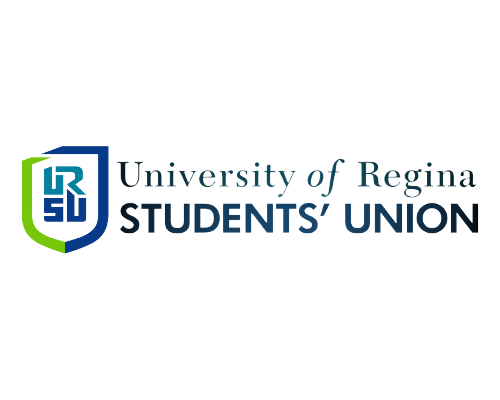
Here at URSU Sexual Health Outreach, we teach about sexuality – but what does that mean? Sexuality is about more than having physical sex, it also includes physical, chemical, emotional, intellectual, social & cultural aspects.
When we view sex in this way we are able to recognize the importance of our sexuality – even if we aren’t sexually active or desire to be sexually active.
The World Association for Sexual Health defines sexuality as:
“Sexuality is a central aspect of being human throughout life It encompasses sex, gender identities and roles, sexual orientation, eroticism, pleasure, intimacy, and reproduction. Sexuality is experienced and expressed in thoughts, fantasies, desires, beliefs, attitudes, values, behaviours, practices, roles, and relationships. While sexuality can include all these dimensions, not all of them are always experienced or expressed.” (WAS, 2014, p. 1)
One of the best tools for describing all of the different aspects of our sexuality is Dennis Dailey’s “Circles of Sexuality”. Each circle represents a different aspect of our sexuality.

Sensuality

Our sensuality includes our physical senses, the awareness & the experience of them. It also includes the awareness & experiences of our body including our body image, exploring or sharing the bodies of others. Sometimes this exploration is sexual and sometimes it isn’t. Sensuality is our experience of all kinds of pleasure, seeking, exploring, experiencing it either alone or with others.
Intimacy

Intimacy is the ability & the desire for closeness with others. It involves sharing, caring, emotional risk-taking, & vulnerability. Sex can be a way to explore intimacy & sometimes it’s not about intimacy at all. Often when we are seeking sex, we are seeking intimacy.
Sexual Orientation & Gender Identity

Gender identity is our feeling, sense, or understanding of who we are related to our gender. It is a personal understanding of oneself that is not necessarily expressed outwardly. Gender expression is the outward expression of gender and may or may not match the “gender norms” prescribed to our identity. Our sexual identity, or sexual orientation, is who or what we are attracted to.
Sexual & Reproductive Health

This circle includes what we know about sexual anatomy, sexual activities, reproduction, contraception, sexually transmitted infection prevention, and self-care along with all of the messages we’re given about this kind of information. Also included are our experiences of sexual wellness & illness including ability & disability. Finally, this circle encompasses having emotionally healthy sexual relationships.
Sexual behaviours & practices

Finally, the last circle in our holistic view of sexuality is, SEX! This circle encompasses what we or others actively do sexually to explore or express our sexuality. Having a desire to have sex, but have yet to experience it is a part of our sexuality as well. Masturbation & using sex toys are part of this circle. Finally, what we don’t want to do can also be a part of our sexuality.
All of these meet at the middle circle to formulate your values and in turn your agency & power as a sexual human.

Power is the ability & capacity to do something. It can be about strength or force or the ability to exercise control over ourselves or others. Agency is a sociological & philosophical term that addresses a person’s capacity to act along with what a person has the right, ability, or power to do. Both power and agency vary between people depending on class, race, gender, ability. Both may show up in relationships. Power & Agency influence our sense of self-worth, our understanding of what we desire sexually, and our values.
The most important thing to understand about sexuality is that it is self-defined. Every person is allowed to talk about and understand their own sexuality in their own way that makes sense to them. Sexuality is dynamic and always changing. At times it may feel affirming and at other times it may feel confusing. It’s important to remember that mixed feelings are normal and a part of how we come to experience and understand our sexuality. Exploring our own sexuality, rooted within the principles of consent and sexual rights, is a key determinant of our health and wellness.
If you’d like to have a stronger connection with your sexual self – we suggest taking some time to consider all of the aspects of your sexuality by journaling or having a conversation with a friend or partner about each of the Circles of Sexuality. Having this foundation for understanding yourself will help you make considered decisions around all aspects of your sexuality.
References: Corinna, Heather. S.e.x: The All-You-Need-to-Know Sexuality Guide to Get You Through Your Teens and Twenties. , 2016. Print.


